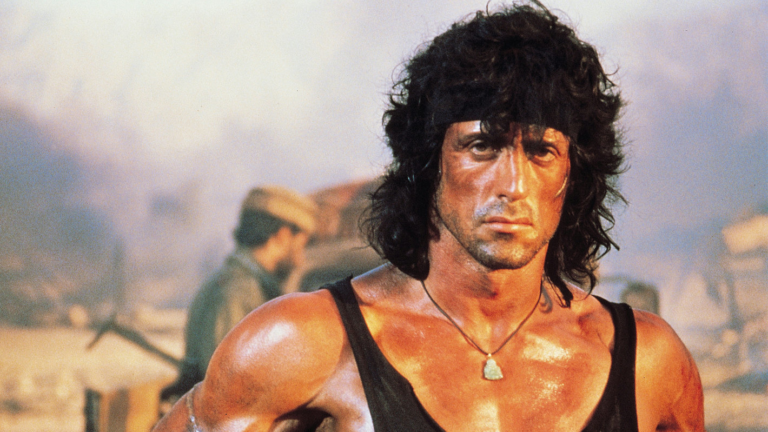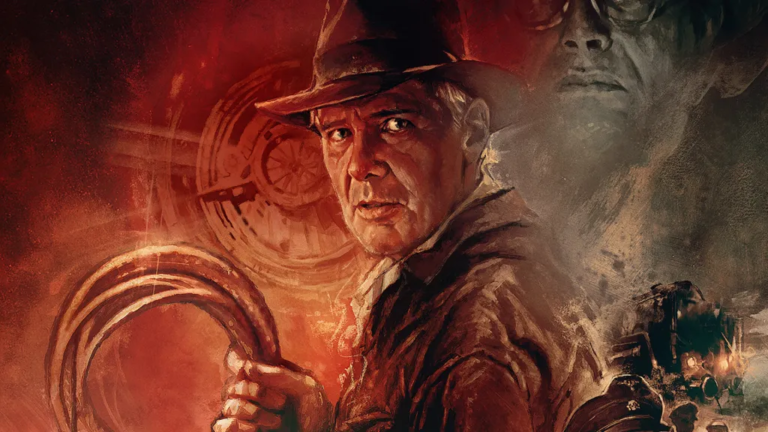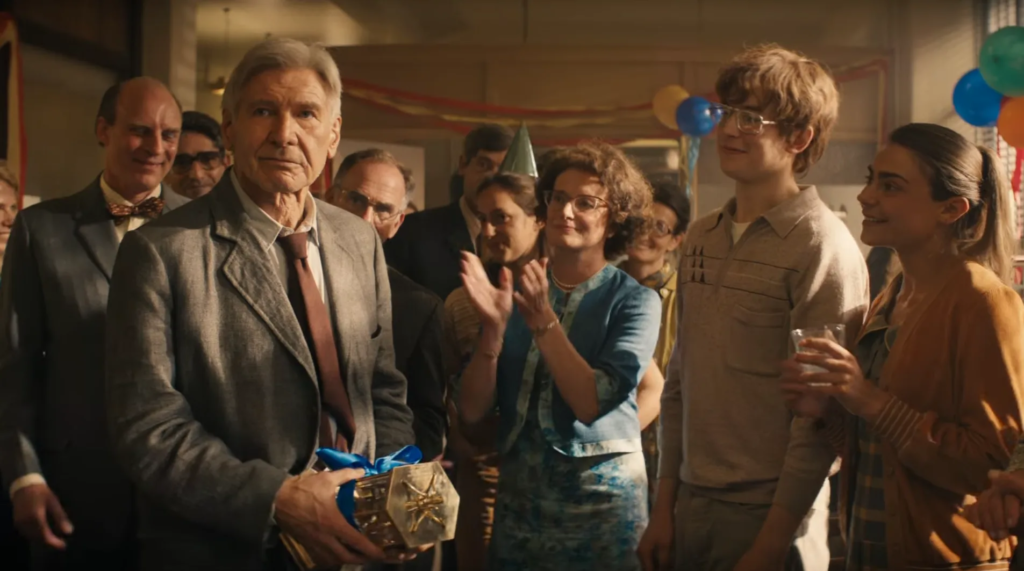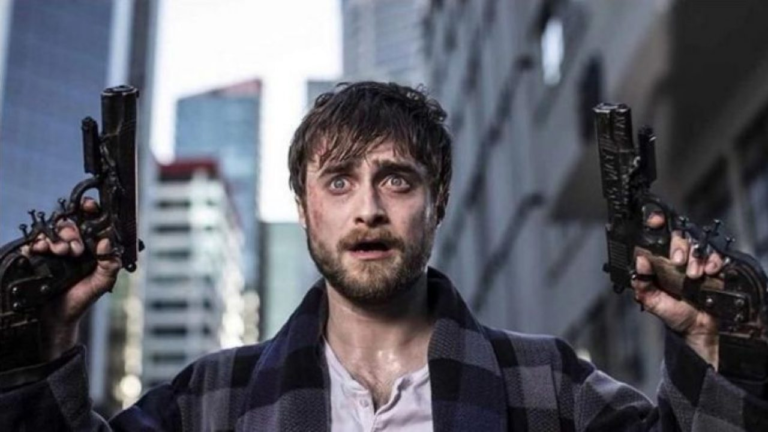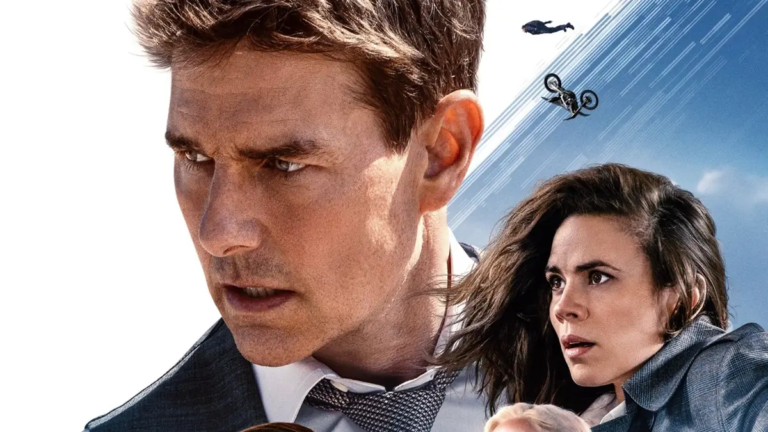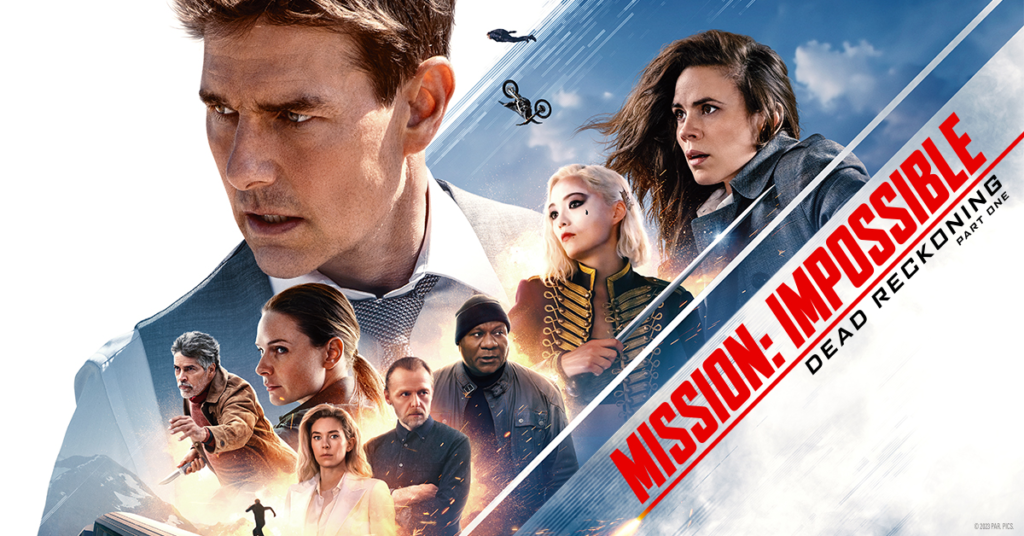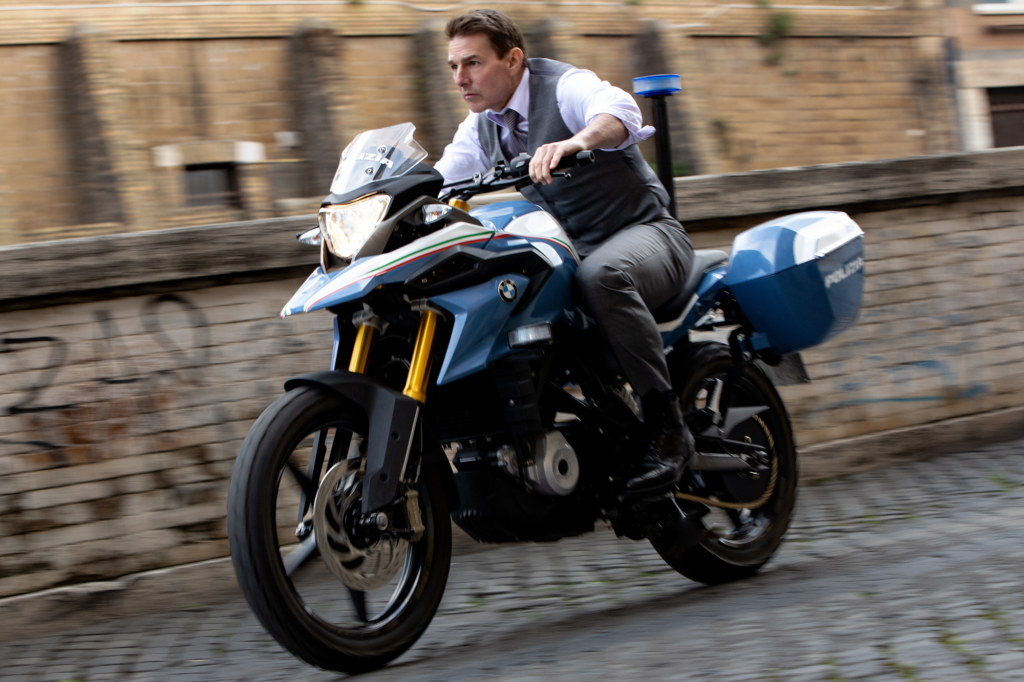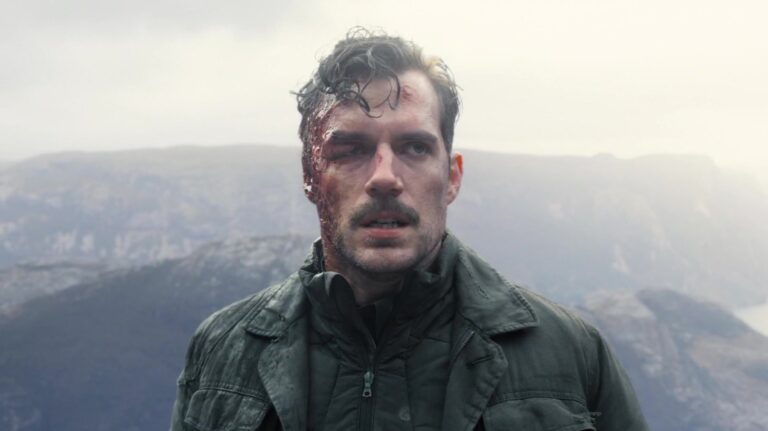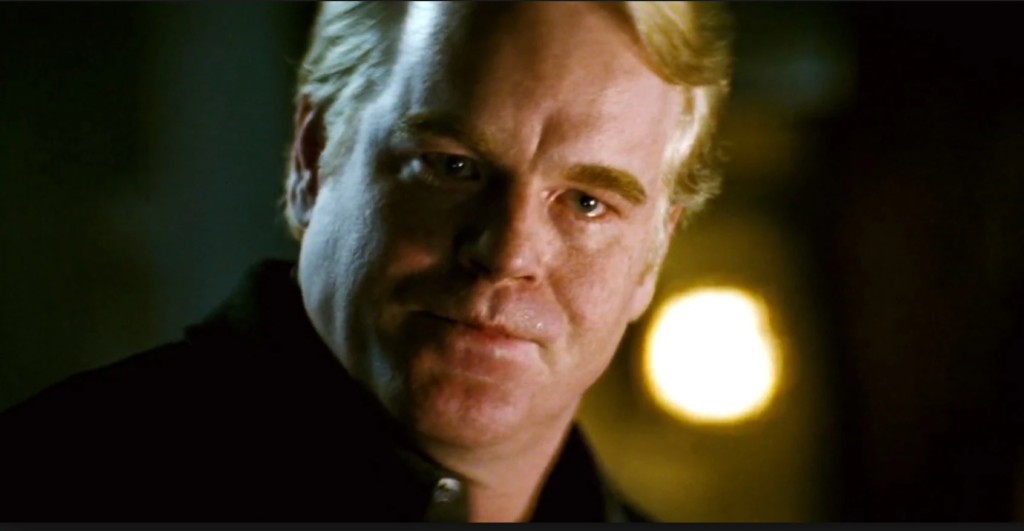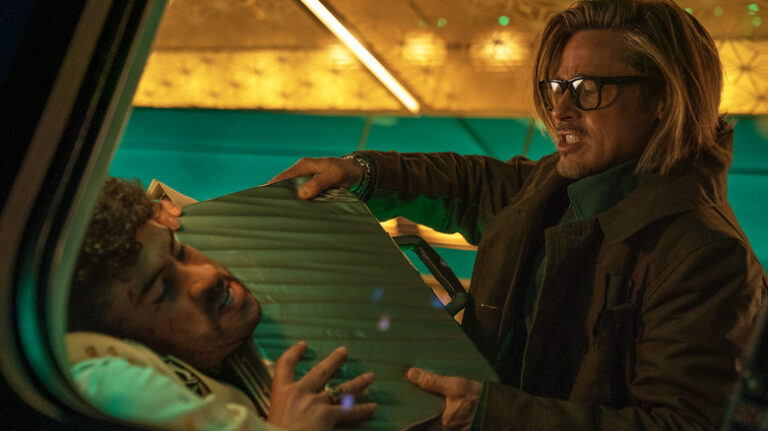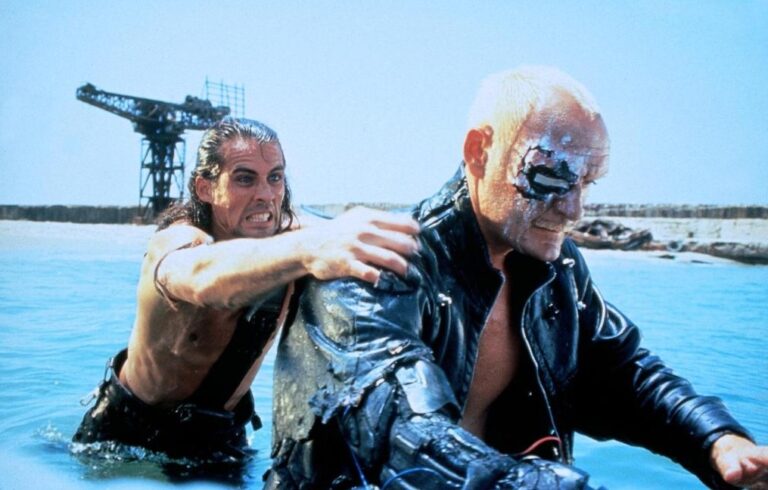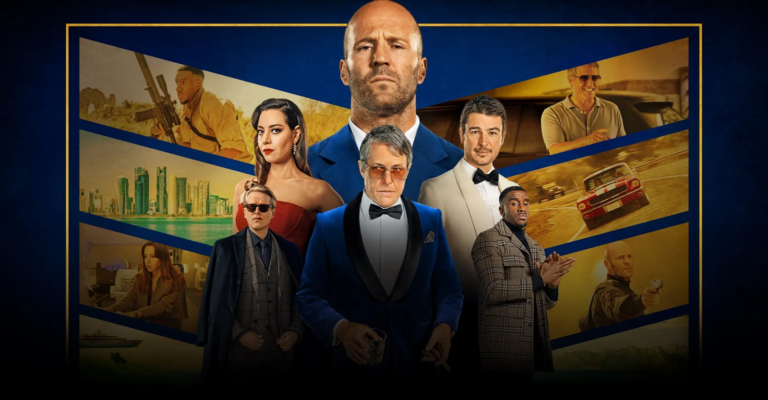
A look at how Rambo III stands tall as Stallone’s pinnacle of blockbuster macho action cinema!
The Rambo saga defined the one-man army genre and Rambo III was its preliminary culmination in 1988. In the year when Die Hard shifted the baseline for what it meant to be a modern action film, Sylvester Stallone made no concessions. So let’s check out how it holds up today!
John Rambo (Sylvester Stallone) lives a secluded life in Thailand. His former commander Trautman seeks him out and asks Rambo to join an undercover mission in Soviet-occupied Afghanistan. Rambo refuses, but when Trautman is captured, he goes into the country to rescue him from a division of Spetsnaz operatives.
God would have mercy. He won’t.
Rambo: First Blood Part II removed any sense of realism from the Rambo character. It turned the traumas of veterans into R-rated popcorn cinema, and the third part hits in the same vein. We can criticize Rambo’s transformation from tormented soldier to a superhuman killing machine for the CIA, but let’s not to be too harsh, there’s nothing wrong with a full dose of patriotic kitsch as long as it’s entertaining.
The USA and Afghanistan have a difficult relation since the early 1990s, to put it mildly. You will need to fade out this part of history at least for the duration of the film if you really want to enjoy it, as the plot really lays it on thick when portraying the Mujahideen as heroic freedom fighters who are besties with Uncle Sam.
“Who are you?” “Your worst nightmare.”
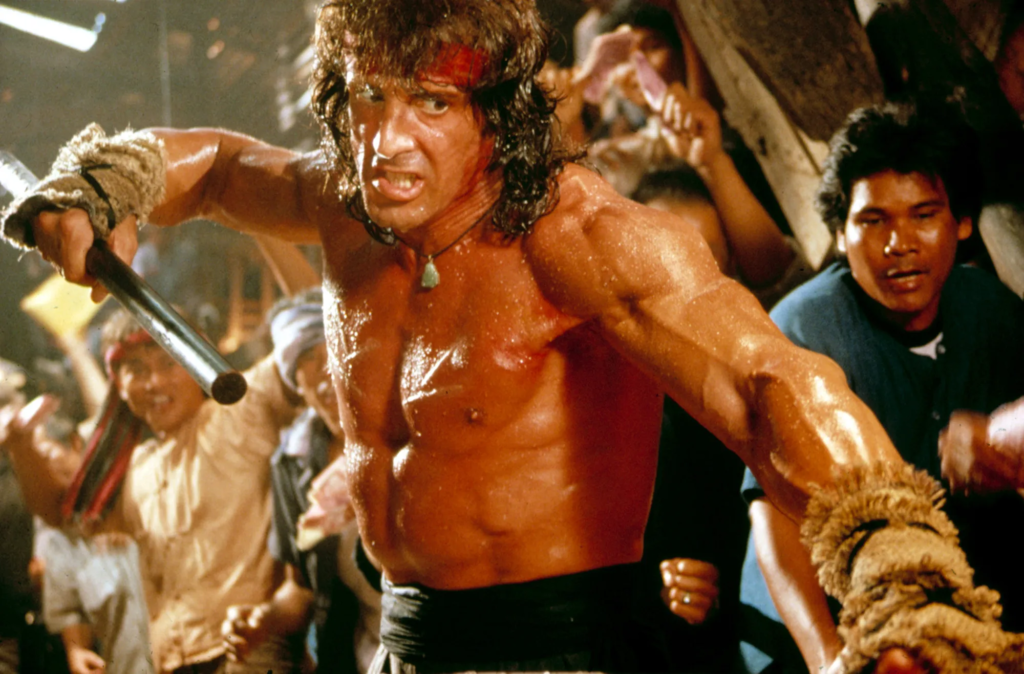
Stallone is at its physical best, looking inhumanely jacked and doing many impressive stunts himself. Never relenting, Rambo seems to get more exhausted from speaking than from firing machine guns from the hip. Despite not being strictly serious all the time, Rambo III’s martial one-liners were sincere bad-ass statements back in the Reagan era (and also now).
The first third of the movie has the flair of an adventure film, with panoramic shots of a desert spectacular landscape, and Rambo getting acquainted with the local rebels and their customs. After that, we step onto a rollercoaster that spirals completely out of control. A suspenseful camp infiltration sequence escalates into all-out war between Rambo, Trautman and the squad of Russian elite soldiers who have several tanks and helicopters at their disposal.
“This is not your war.” “It is now.”
The budget was huge, and it was spent well for jaw-dropping action sequences of a scale, depth and clarity that is almost unsurpassed to this day. John Rambo is a master of explosives, the Russians not so much, even though everything they shoot at explodes as well. This results in a pyrotechnics inferno with explosions on a megalomaniacal scale. And there’s more: plenty of shootouts, vehicular carnage and the massive Soviet Hind helicopter hovering over the battlefield like a behemoth in a monster movie, raining death on the battlefield.
Rambo III delivers a massive overdose of 1980s cliches, but we should appreciate its sincerity, and it never becomes cheesy apart from a few moments. It has the best action sequences of all films in the franchise, even though it can’t compete with the over-the-top gore of the fourth installment. Stallone created a pinnacle of blockbuster macho cinema, a perfectly choreographed ballet of destruction.

